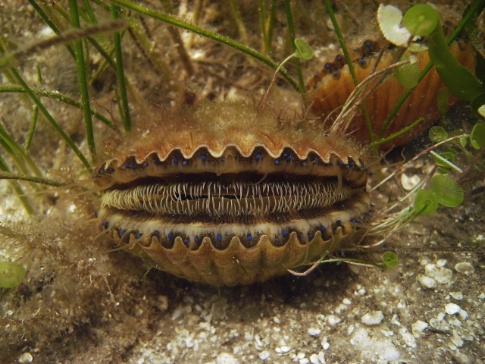
A Sea of Grass; Part 6 – The Mollusk
In Part 5 of this series, we looked at a group of invertebrates that few people see, and no one is looking for – worms. But in this article, we will be looking at a group that seagrass explorers see frequently and some, like the bay scallop, we are actually...
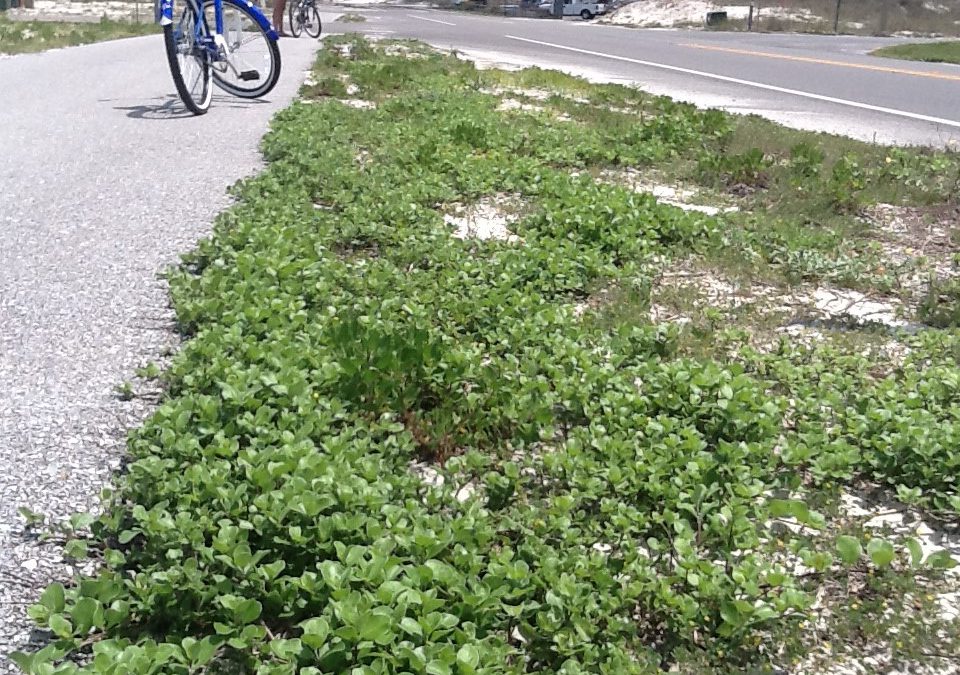
It’s Time to Remove Invasive Beach Vitex
During the spring and early summer beach vitex is not in seed and this is a good time to remove this invasive plant from your property. This time of year, the leaves have their unique blueish-green coloration, allowing them to stand out from other plants on your...

A Sea of Grass; Part 5 – Worms
When most hear the word worm unpleasant things come to mind. “Gross”, “dirty”, “decaying”, “disease”, “rotten”, are a few. And then there is the whole parasite thing. But then there are those who like them. Gardeners, kids, and fishermen find...
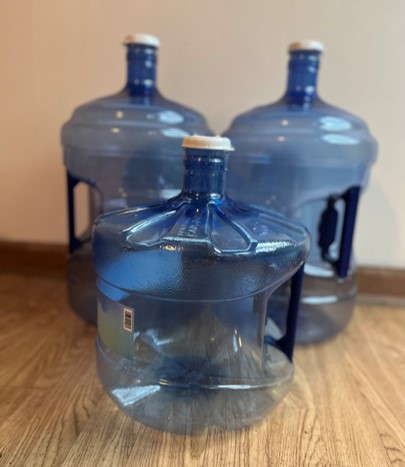
Preparing an Emergency Safe Drinking Water Supply Before and After a Storm
Prepare an emergency drinking water supply for your household before a storm hits. Image: UF/IFAS - Tyler Jones. Hurricane season is just around the corner. During a natural disaster, drinking water supplies can quickly become contaminated. To be prepared, store a...
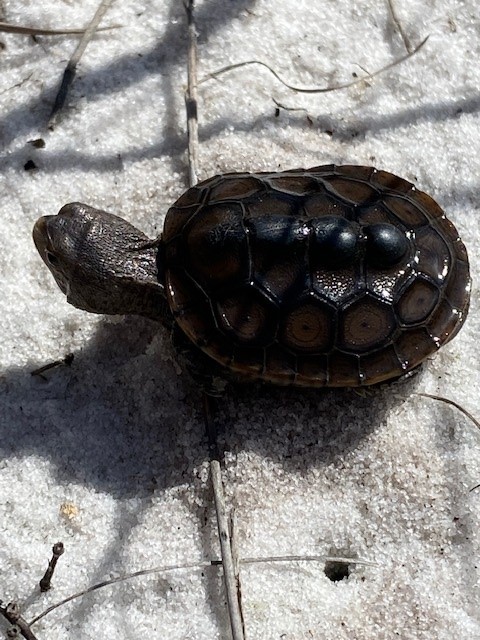
Terrapin Season is Upon Us
Since 2007 Florida Sea Grant has worked with partners, and trained volunteers, to assess the status of the diamondback terrapin in the Florida panhandle. This small emydid turtle is the only one that lives in brackish water and prefers salt marshes. Very little is...

Panhandle Scallop Sitter Volunteers Needed for Gulf, Bay & Franklin!
Become a Scallop Sitter! The Florida Fish & Wildlife Conservation Commission and UF/IFAS Extension - Florida Sea Grant have partnered to implement an innovative community-driven effort to restore scallop populations, and we need your help! “Scallop Sitter”...
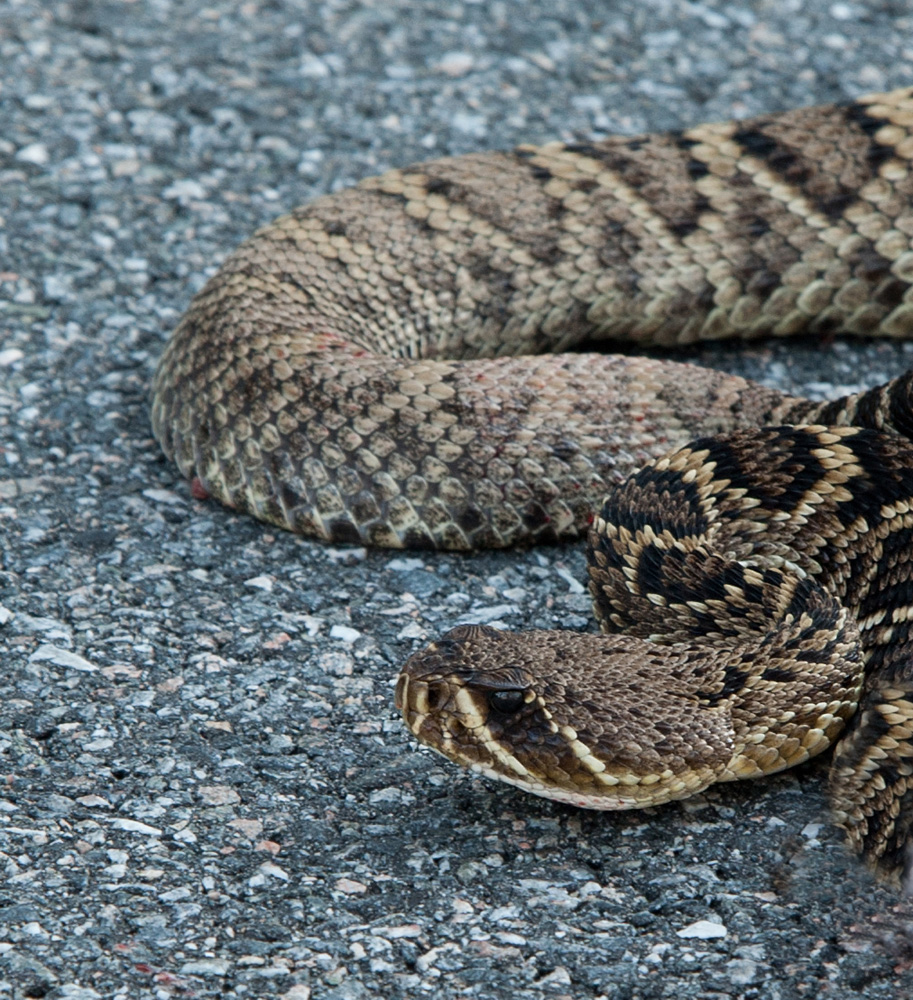
U.S. Fish and Wildlife Considering Protection for Eastern Diamondback Rattlesnakes and Could Use Your Help
This sounds similar to the idea that has been discussed about protecting some species of sharks. Do we really want to do this? It reminds me of an interesting situation that was created when they passed the Marine Mammal Act in 1972. The law seemed...
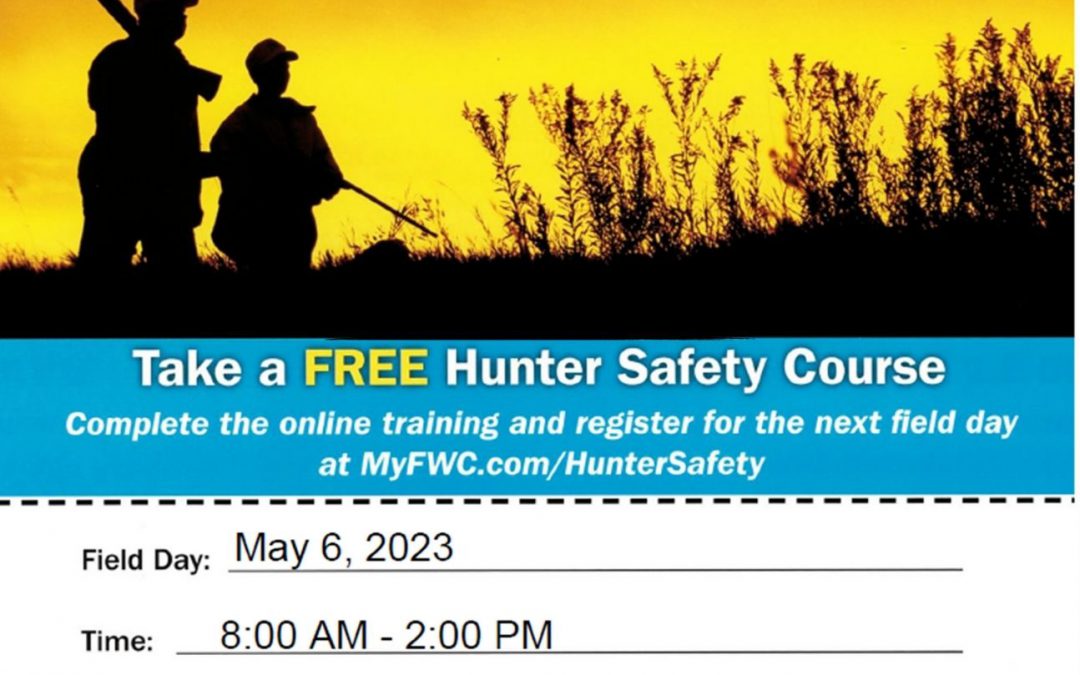
Hunters Safety Course May 6th
Hunting and fishing is an important part of natural recourse conservation. In the state of Florida, once you reach the age of 16, anyone born on or after June 1, 1975 must have passed a hunter safety course to purchase hunting licenses. In collaboration with Florida...
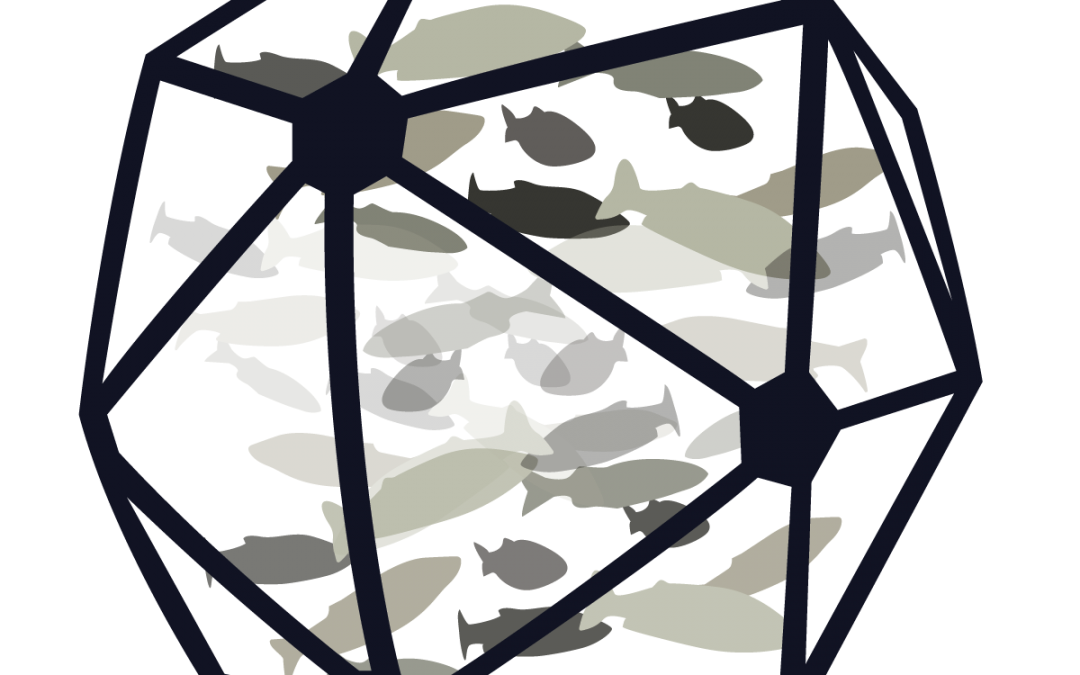
Offshore Aquaculture: Siting Tools
Aquaculture is growing faster than any other animal food-production sector. The development of new technologies, stagnation of wild capture fisheries, and the increase in seafood demand are all contributing to a 5.3% increase in aquaculture production within the...

A Sea of Grass; Part 4 Jellyfish
The word “jellyfish” tends to initiate a similar response in most people – “scream”, “run”, “this is going to hurt”. Being stung by a jellyfish is not pleasant and is something most would prefer to avoid. Our beaches warn us when they are out by flying a...
